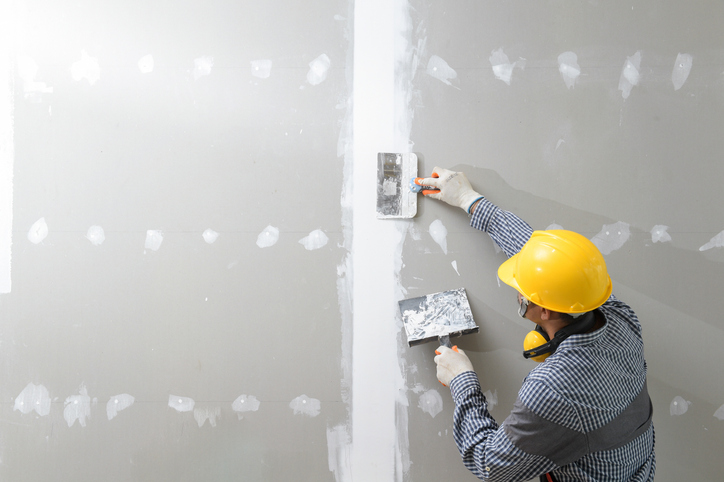Lauren Walker, a Senior Associate in our Real Estate team provides a short summary on what a schedule of condition is and when and why you might need one.
What is a Schedule of Condition?
A schedule of condition is used to document the condition of a property at a specific moment in time and is most commonly used when parties are entering into a lease. A schedule of condition can comprise photographs, written descriptions, inventories, measurements, dates and locations to document the state of repair and condition of a property.
How do you prepare a Schedule of Condition and who pays for this?
A schedule of condition can be produced by a professional, such as a building surveyor, or the parties involved. Should a schedule of condition be prepared by a professional, the party responsible for paying the cost of obtaining the schedule will depend on the bargaining strength of the parties and the terms that can be agreed.
Usually, a tenant will pay the cost of the schedule of condition as it is for their benefit if it is being used to document the state of the property at the beginning of the lease. Where a lease is ending, it is often the responsibility of the landlord to obtain and pay for a schedule of condition where one is obtained to help in assisting any damage or deterioration of the property during the lease term and to assess the tenant’s potential liability for dilapidations at the end of the lease.
Why would I need a Schedule of Condition?
A Schedule of Condition can be useful in a number of situations but is regularly used in a leasehold arrangement to document the state of repair of the property being let. The lease then usually refers to the Schedule of Condition to limit the repairing obligations of a Tenant under the lease, setting out that the Tenant is not required to put or keep the premises in any better state of repair and condition than as evidenced by the Schedule of Condition.
They can also be useful for landlords who have carried out extensive works to a property and who want to ensure the property is handed back in no worse state than it is at when it is let to a tenant or when it comes to assessing any dilapidations claims they may have against a tenant when they are vacating a premises.
It should be noted that a Schedule of Condition is only as good as the photographs and descriptions contained in it. Tenants in particular will want to ensure that the photographic and written record of items of disrepair in the Schedule of Condition is as comprehensive and as clear as possible. Anything not covered in the Schedule of condition will be subject to the general full repairing covenant in the lease.
If you require any assistance with a schedule of condition or the repairing obligations in a lease, please do not hesitate to get in contact with our Commercial Property Team.

